Archeologists, cryptologists, historians and investigators.
these are the best careers for one who is interested in trying his hand in solving any one of the greatest mysteries of the world.
While the extraterrestrials and the lost city of Atlantis

1. Rongorongo
As if the Easter Islands in Chile were not mysterious enough with the monumental statues called moai, a set of glyphs were discovered in the 19th century which have been indecipherable till now.
_edit1.jpg)
The name rongorongo is given to the system of writing that was etched on the wooden tablets.

If deciphered, these glyphs may be able to tell us the unsolved secret behind the hundreds of moai statues found scattered around the Easter Islands

2. Georgia Guidestones
They have been called America’s Stonehenge, a monument of Satanic origin, a Rosicrucian structure of a New World Order and even a monument of cult and devil worship.

The Georgia Guidestones is a granite monument conveying a new set of 10 commandments in eight world languages.
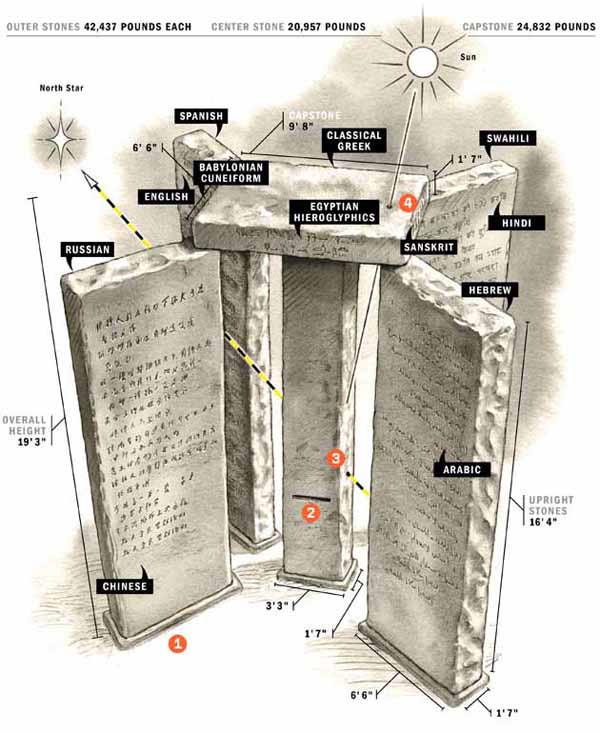
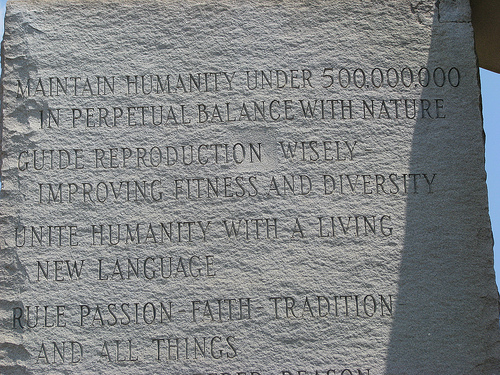
The identity of the person who ordered this monument to be built in 1979 is only known by the pseudonym R.C. Christian

3. The Wow! Signal
You know what they say about how the sign of intelligent life elsewhere in this universe is that they never tried to contact us? Well, on a summer day of 1977 in Ohio – they just might have done so.
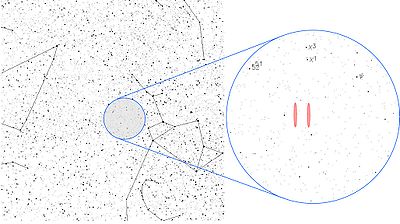
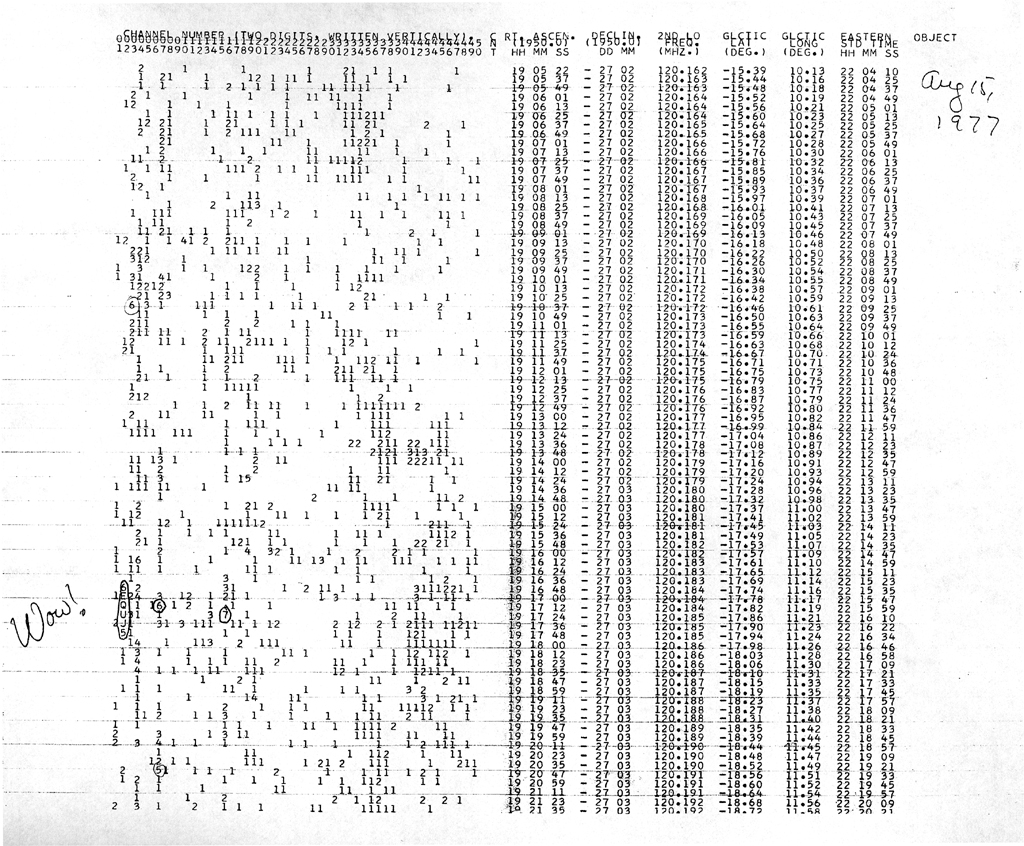
Jerry Ehman, working on a SETI project, received a possibly non-terrestrial signal from beyond the Solar System that lasted for a whole 72 seconds.



No one was ever able to get the signal again – and the name of the signal is derived from the remark Ehman wrote on the side of the signal’s printout

4. Tamam Shud case

This is one of Australia’s biggest and unsolved mysteries – heightened by the era of Cold War.



The body of an unidentified man was washed up on the shore of an Adelaide beach in 1948 – with a scrap of paper inside a hidden pocket of his trousers with the words ‘Tamam Shud’.
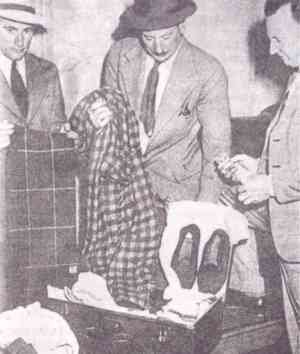
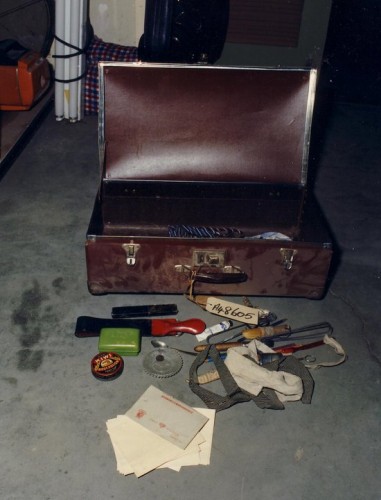

According to ‘The Rubaiyat of Omar Khayyam’, it means ‘ended’ or ‘finished’.

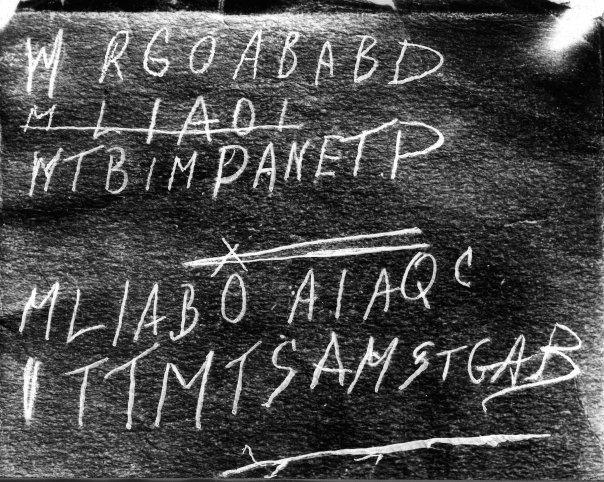
Spy stories, love mysteries – there have been many theories about the incident, but the identity of the man was never found out by the investigators

5. Shugborough Inscription
If it cannot be explained after centuries of efforts of cryptographers and historians, you cannot but call it a mystery.
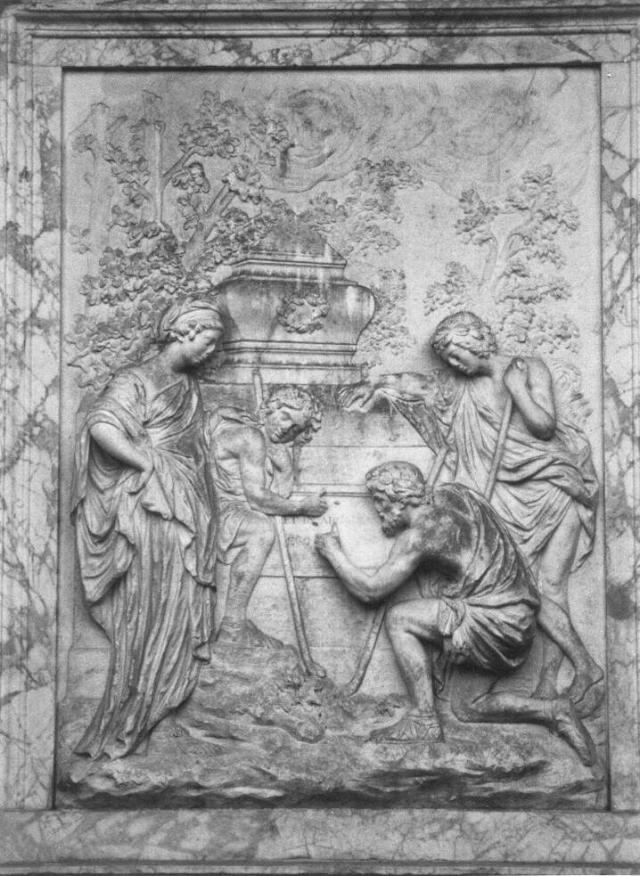
This is true for the 18th century Shepherd’s Monument in Staffordshire, England.

There is an inscription carved on the monument which is still one of the world’s top uncracked ciphertexts.
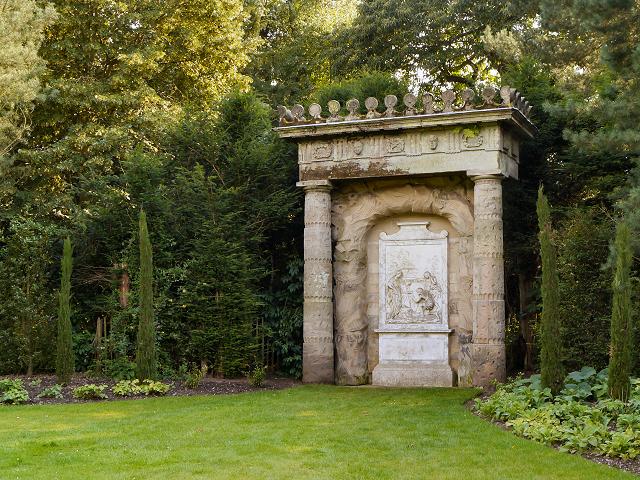

Latin phrases, translation of Latin text, love message and many other explanations have been given – but none have proven as a decipher of the code DOUOSVAVVM

6. Kryptos
World mysteries are not just centuries or millenniums old objects.

They are even codes the answer of which one man can hold and not divulge it to the world. Kryptos, an encrypted sculpture by Jim Sanborn is one such.

Where should it be located but the grounds of CIA in USA – where its fourth encrypted message still invites cryptographers worldwide to decode it.

While the first three cryptic messages have been decoded, the fourth continues to be a mystery to the world – even after Sanborn has been dropping hints till 2010

7. Voynich Manuscript
This is undoubtedly the world’s top most mysterious and unsolved manuscript. Dated back to the early 15th century Italy, this is a manuscript about herbal plants and their uses.
.jpg)

But codebreakers have been able to say that only by the illustrations of the plants.

Firstly, the language and script used still remains unknown to the present day and secondly, most of the plants do not match any species that man has known till now.
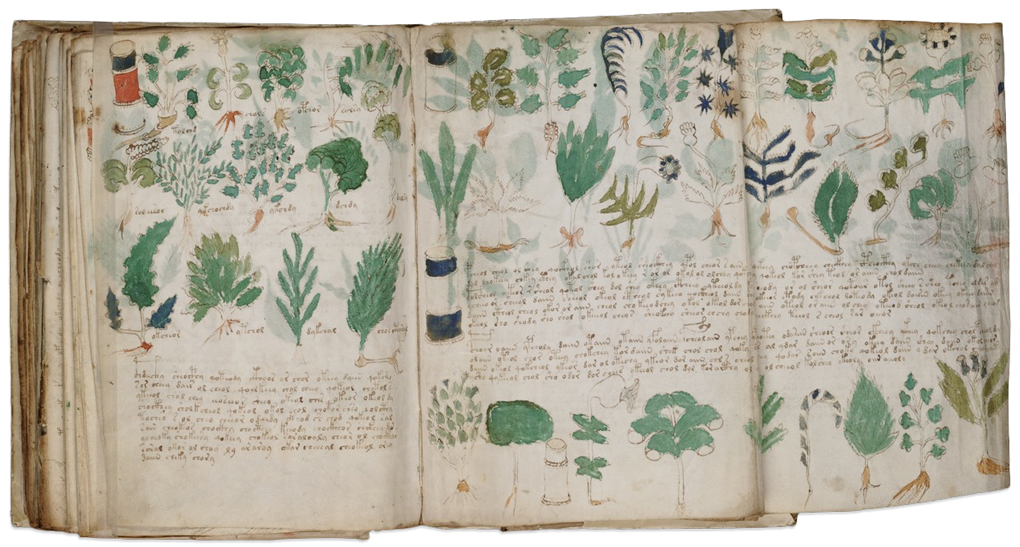
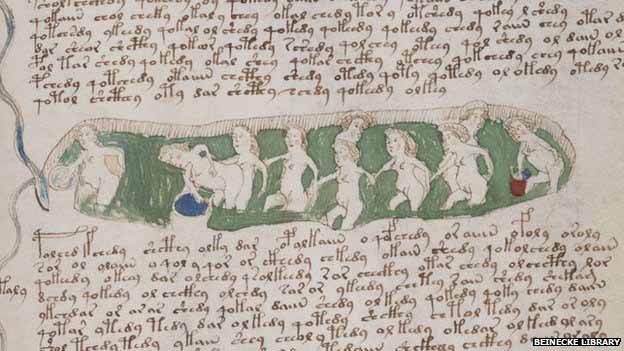
A famous case of historical cryptology, this manuscript continues to be the holy grail of cryptographers

8. Aluminum Wedge of Auid
We are not sure how good your metallurgy knowledge is – but aluminum is a metal that does not occur in nature in pure form.


It needs to be extracted from ores as it is found in a mixed form with other metals – and could be manufactured in a pure form only by the latter half of 19th century.


Imagine the mystery when an aluminum wedge was found along with elephant bones dated 2.5 million years by Romanian workers.


Unsurprising that alien theory has been used to explain this

9. Taos Hum
We are surprised there has not been any movie made on this as yet.
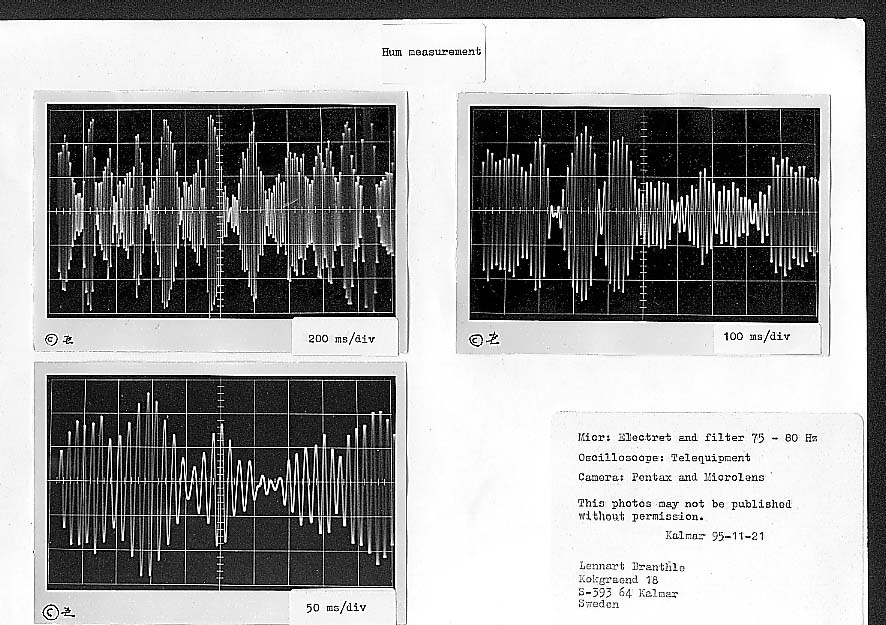
The Hum is a phenomenon where some people hear a continuous low droning sound inaudible to most.
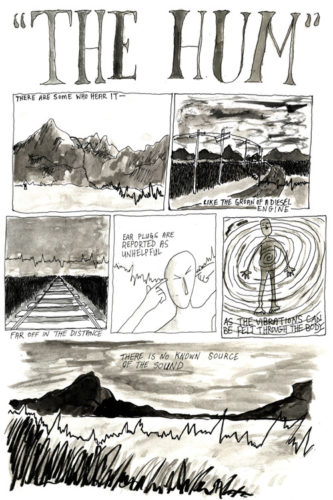

If you think that is not that mysterious, what if we told you at least three people committed suicide due to this? While this phenomenon has been reported in a lot of countries, one of the most famous is that of Taos in New Mexico.


Medically, the condition of hearing a droning sound continuously is called tinnitus, but can you explain a number of people suffering from the condition at the exact same time and same place in Taos?

10. Nazca Geoglyphs
Glyphs mean symbols – so Nazca geoglyphs are the symbols that were engraved on the earth by the Nazca people in Peru between 400 and 650 AD.


The exactness of the geoglyphs which ranged from spiders and monkeys to trees and flowers, ranging from 47 meters to 270 meters has raised eyebrows at the technology used, as the Nazcas obviously could not have had an aerial view.


And most importantly, the reason for the engraving of these geoglyphs has also astounded historians and archeologists.
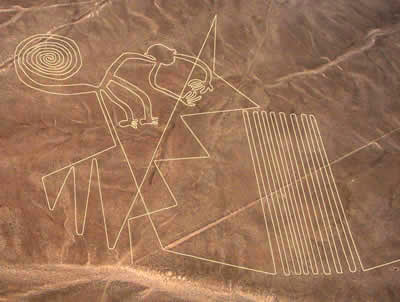

There have been many disputes and theories regarding each of these phenomena – however none that can be said to have settled it for once and for all.
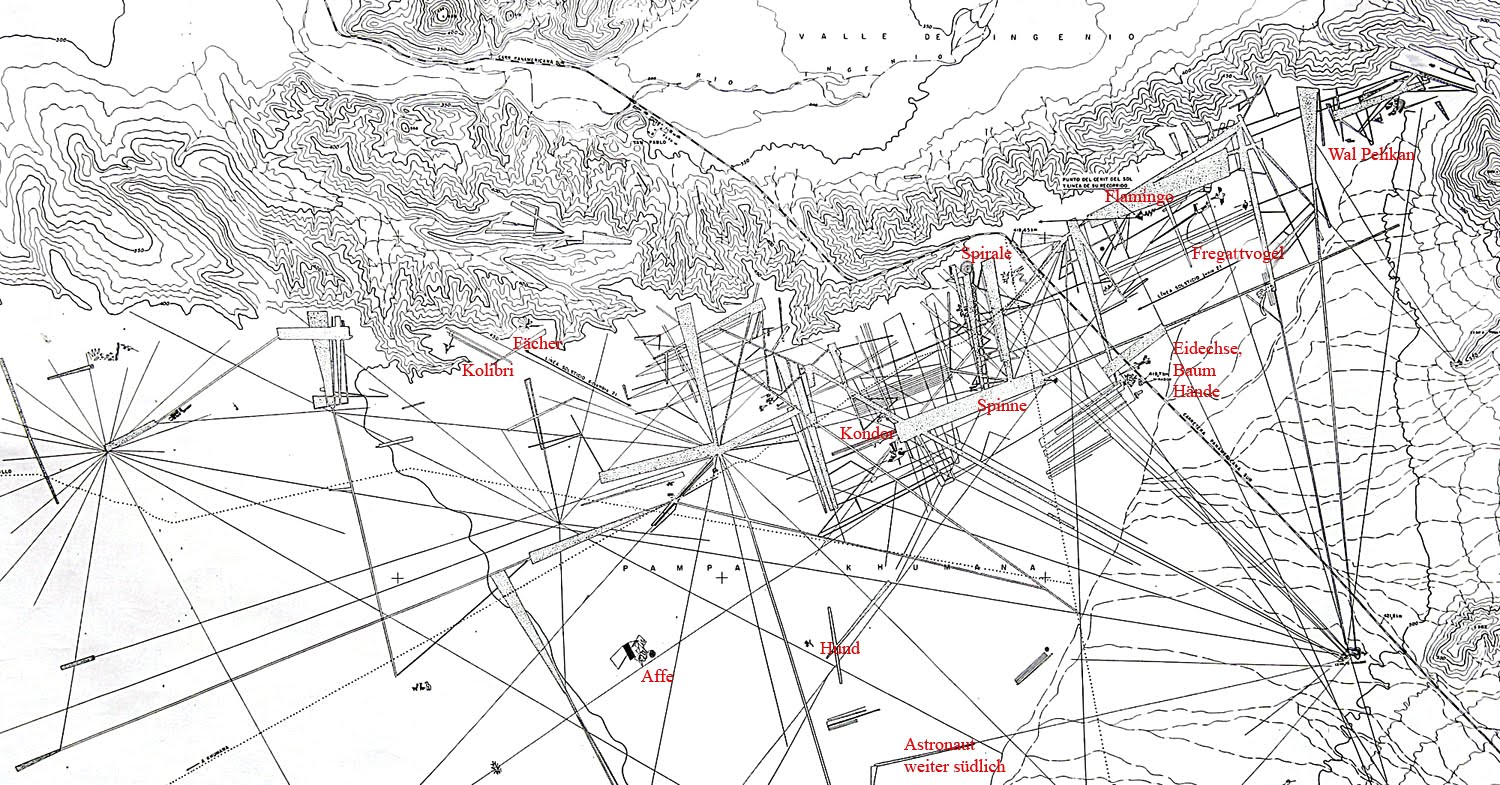

Scratching the surface with these, you will tumble down the rabbit-hole of more obscure happenings that are shrouded in mysteries.
Phaistos disc
The Phaistos disc is a bronze age artifact. The disc is about 15 centimetres (5.9 in) in diameter and is made of clay.
It is covered with many symbols.

It is from the civilization of Minoa on the Greek island of Crete, possibly from the 2nd millennium BC.

The symbols cover both sides of the disc.

They show everyday things.
They were stamped onto the disc, pressed into the clay when it was still soft.
They run in a spiral.
This disc is the first known "printed" work in history; in the sense that there was a re-usable set of characters and drawings.

It is the only artefact of its kind. Many questions have been asked about the disc, about its purpose, and if the signs shown actually represent writing.
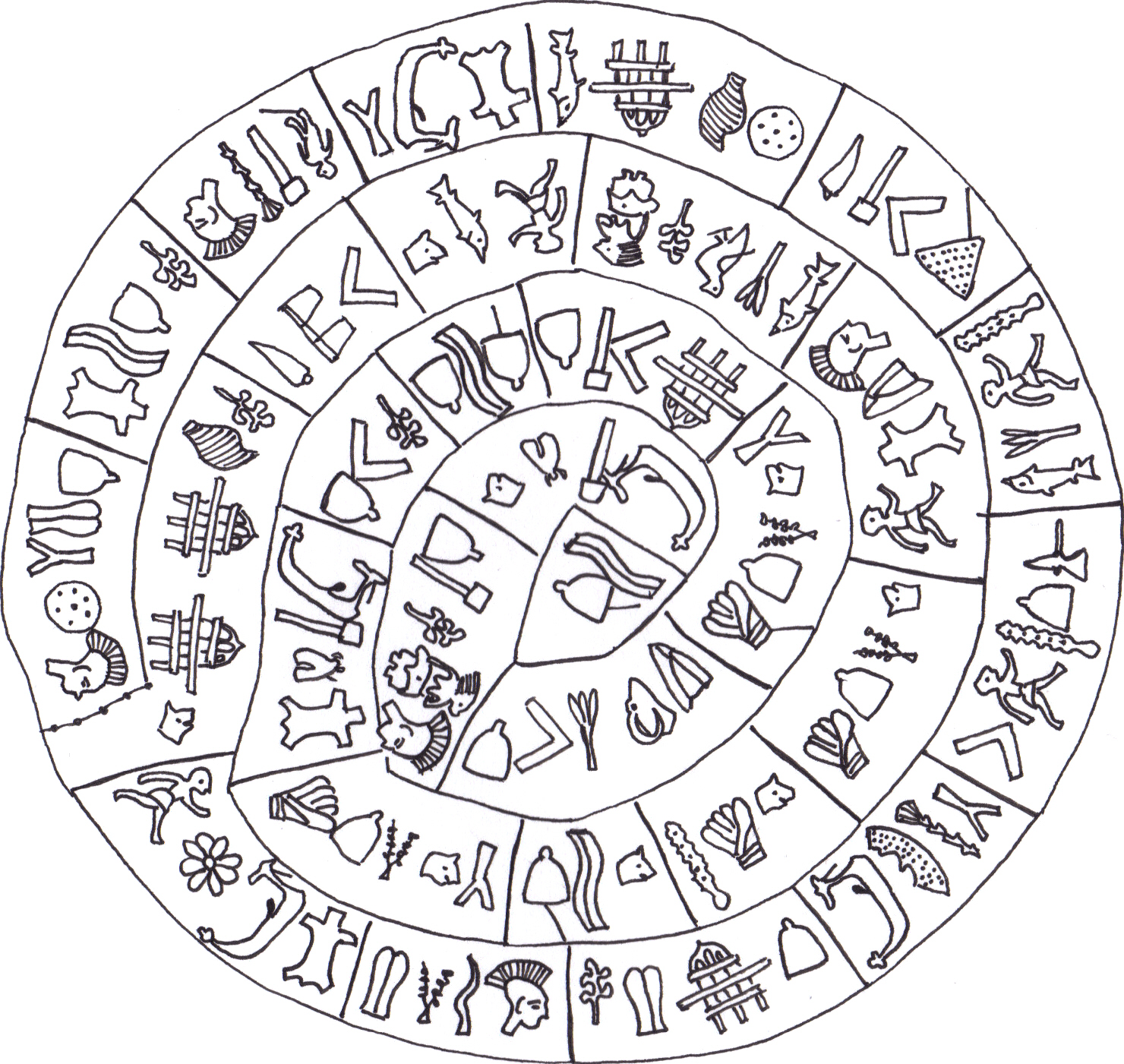
In total, there are 242 tokens on the disc, taken from a set of 45 unique signs.
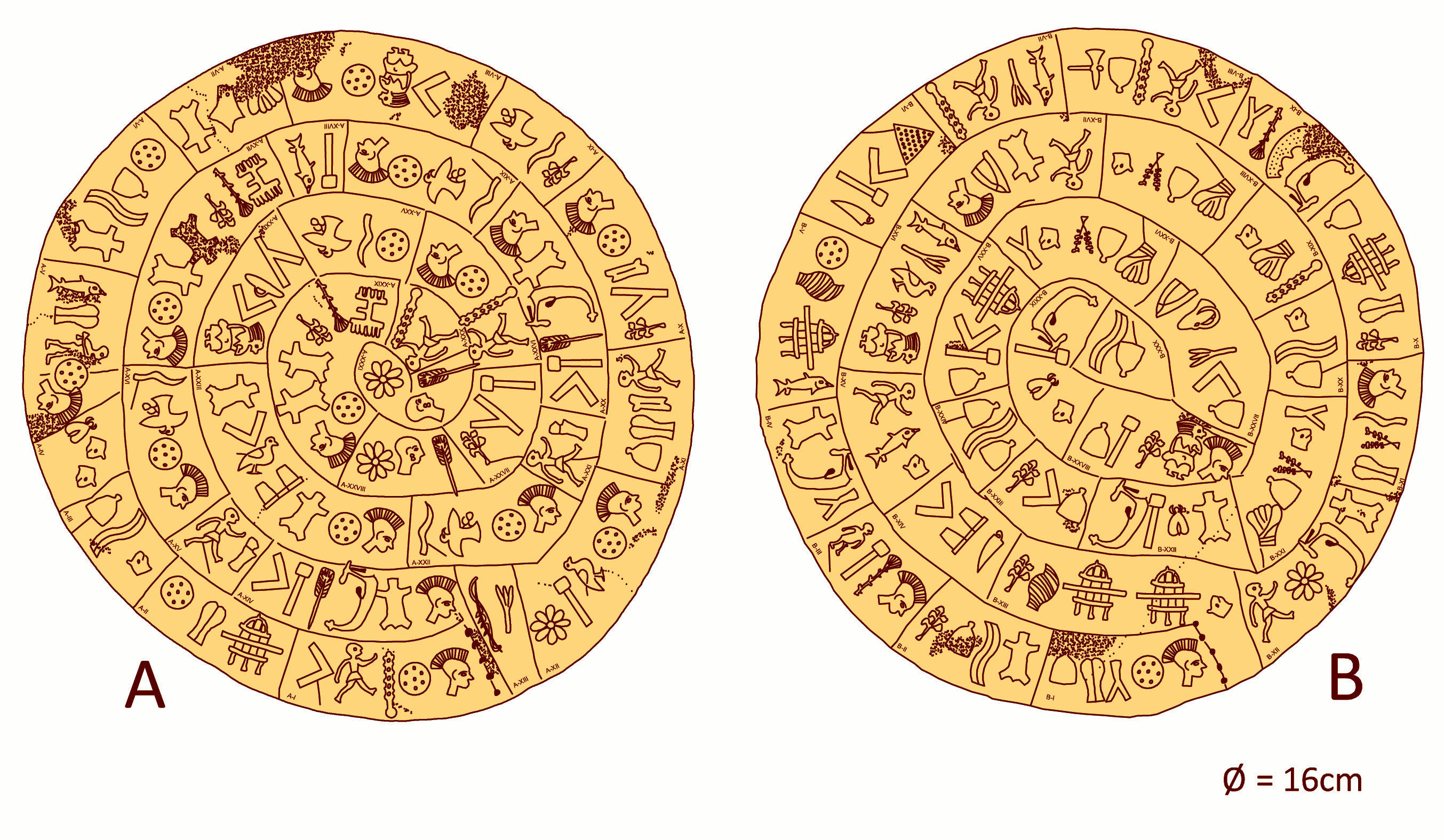
There are arranged in 61 groups, separated by lines. Groups are between two and seven stamps long. Because the "text" is very short, and the disc is unique, it is likely that it will not be deciphered.
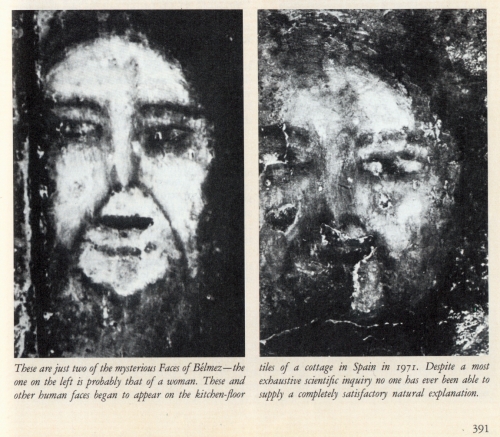
belmez ghost faces
The mystery of faces continuously forming and disappearing on the floor of a house started on 23rd August, 1971 in Spain.
María Gómez Cámara claimed that human faces were formed on the concrete floor of her kitchen.
María’s husband ‘Juan Pereira’ and their son ‘Miguel’ destroyed the image with a pickaxe and new concrete was laid down.

Within a week’s time after ripping the floor the face appeared again in the same place on the floor.
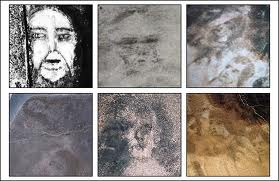
Again when they were planning to destroy the image, the mayor of Belmez forbade them from doing so.

Instead the floor concrete was cut out and taken for study.

María’s home was advertised to the tourists as La Casa de las Caras (The House of the Faces).
By Easter of 1972 the house became a centre of attraction and hundreds of people visited the house to see the faces.
For the next 30 years the Pereira family claimed that faces continued to appear, both male and female and of different shapes, sizes and expressions.
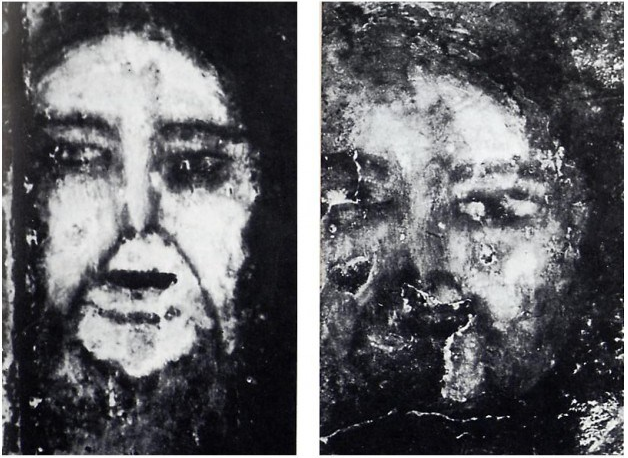
Nobody was able to explain the mystery behind it.

After Maria passed away in 2004, investigators went again to check the faces.

They found that the faces still continued to appear and disappear.
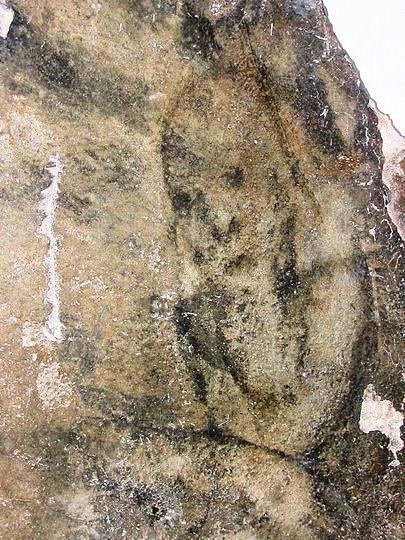
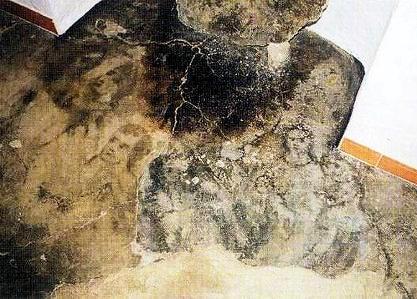
Some said it was paranormal activity. Some claims suggest that the faces were manifested on the floor by telekinesis.

This notion was based on the claim that the expressions on their faces used to change with the mood of Maria Pereira.

Scientists analyzed the molecular changes in the whitewash and proved that some fakery was involved and many believe that the faces were actually paintings done by Maria’s son, Diego Pereira.

No comments:
Post a Comment
Note: Only a member of this blog may post a comment.